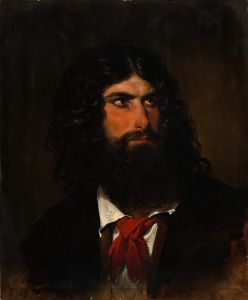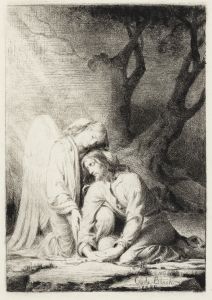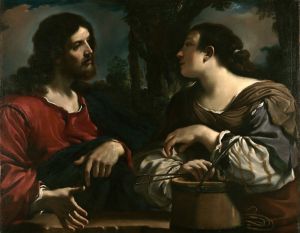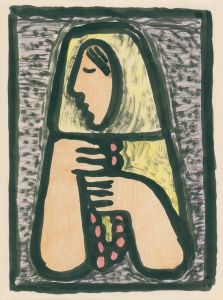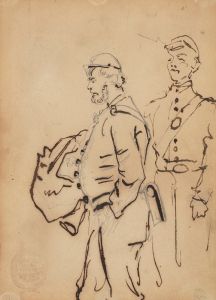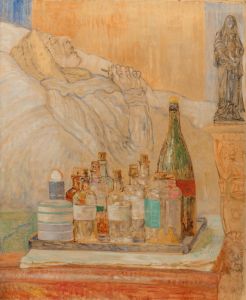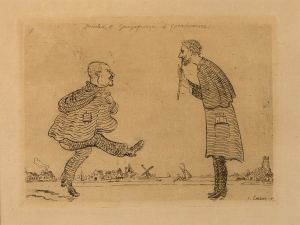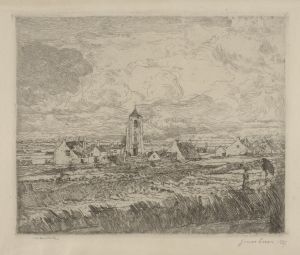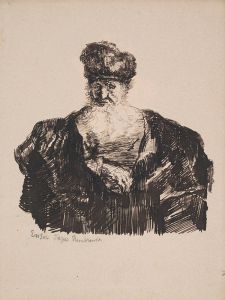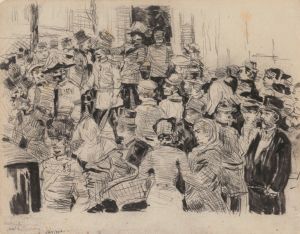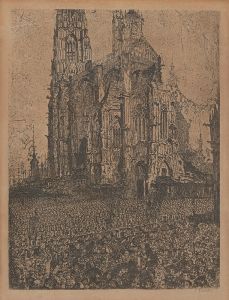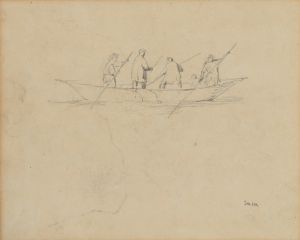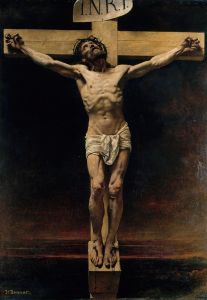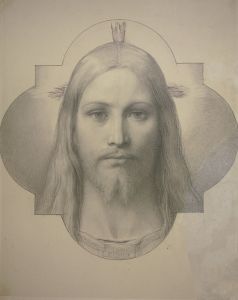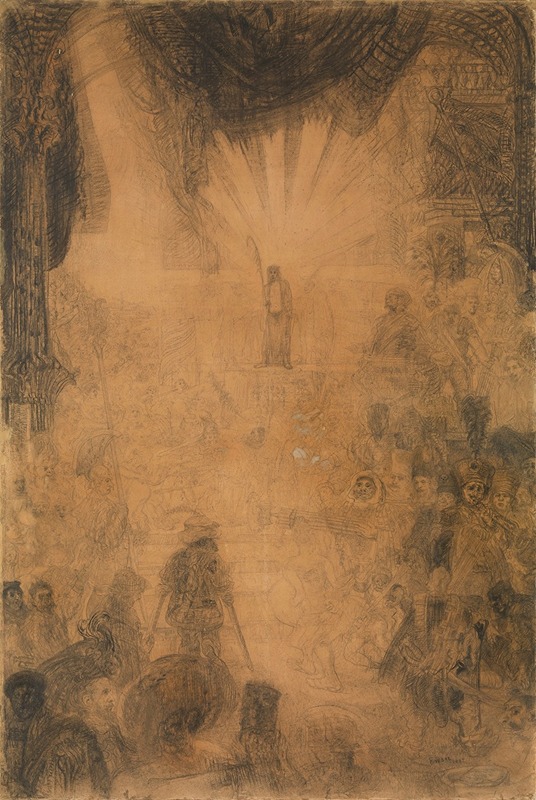
Christ shown to the People
A hand-painted replica of James Ensor’s masterpiece Christ shown to the People, meticulously crafted by professional artists to capture the true essence of the original. Each piece is created with museum-quality canvas and rare mineral pigments, carefully painted by experienced artists with delicate brushstrokes and rich, layered colors to perfectly recreate the texture of the original artwork. Unlike machine-printed reproductions, this hand-painted version brings the painting to life, infused with the artist’s emotions and skill in every stroke. Whether for personal collection or home decoration, it instantly elevates the artistic atmosphere of any space.
"Christ Shown to the People" is a significant painting by the Belgian artist James Ensor, created in 1885. Ensor, known for his unique style that blends elements of symbolism and expressionism, was a prominent figure in the late 19th and early 20th-century art scene. His work often delves into themes of satire, religion, and the macabre, reflecting his critical view of society and its institutions.
The painting "Christ Shown to the People" is a striking example of Ensor's exploration of religious themes, a subject he revisited throughout his career. In this work, Ensor presents a scene that is both dramatic and thought-provoking, capturing the moment when Christ is displayed to the crowd, a narrative derived from the biblical account of Pontius Pilate presenting Jesus to the public before his crucifixion. This moment is traditionally known as "Ecce Homo," Latin for "Behold the Man."
Ensor's interpretation of this scene is notable for its vivid use of color and expressive brushwork, which convey a sense of chaos and intensity. The composition is crowded with figures, a common characteristic of Ensor's work, which often features bustling scenes filled with grotesque and exaggerated characters. In "Christ Shown to the People," the crowd is depicted with a sense of frenzy and agitation, reflecting the tumultuous nature of the event.
The figure of Christ is central to the composition, standing out amidst the throng of people. Ensor's depiction of Christ is both poignant and powerful, emphasizing his isolation and suffering. This portrayal can be seen as a commentary on the human condition and the societal tendency to scapegoat and persecute individuals who challenge the status quo.
Ensor's use of light and shadow in the painting further enhances the dramatic effect, with Christ illuminated in a way that draws the viewer's attention and underscores his significance within the scene. The contrast between the light surrounding Christ and the darker tones of the crowd creates a visual tension that mirrors the thematic tension of the narrative.
"Christ Shown to the People" is also reflective of Ensor's broader artistic concerns and his critical stance towards the society of his time. The painting can be interpreted as a critique of the hypocrisy and moral corruption Ensor perceived in the world around him, particularly in the institutions of power and religion. By placing Christ in the midst of a chaotic and unruly crowd, Ensor highlights the disconnect between the spiritual ideals represented by Christ and the flawed nature of human society.
This work is part of Ensor's larger oeuvre, which includes other notable pieces such as "The Entry of Christ into Brussels in 1889," where he similarly uses religious imagery to comment on contemporary social and political issues. Ensor's innovative approach and his willingness to tackle complex themes have cemented his place as a pivotal figure in the development of modern art.
"Christ Shown to the People" remains an important work for its artistic merit and its insightful commentary on the human experience, showcasing Ensor's ability to blend traditional religious iconography with modernist sensibilities to create a powerful and enduring piece of art.





